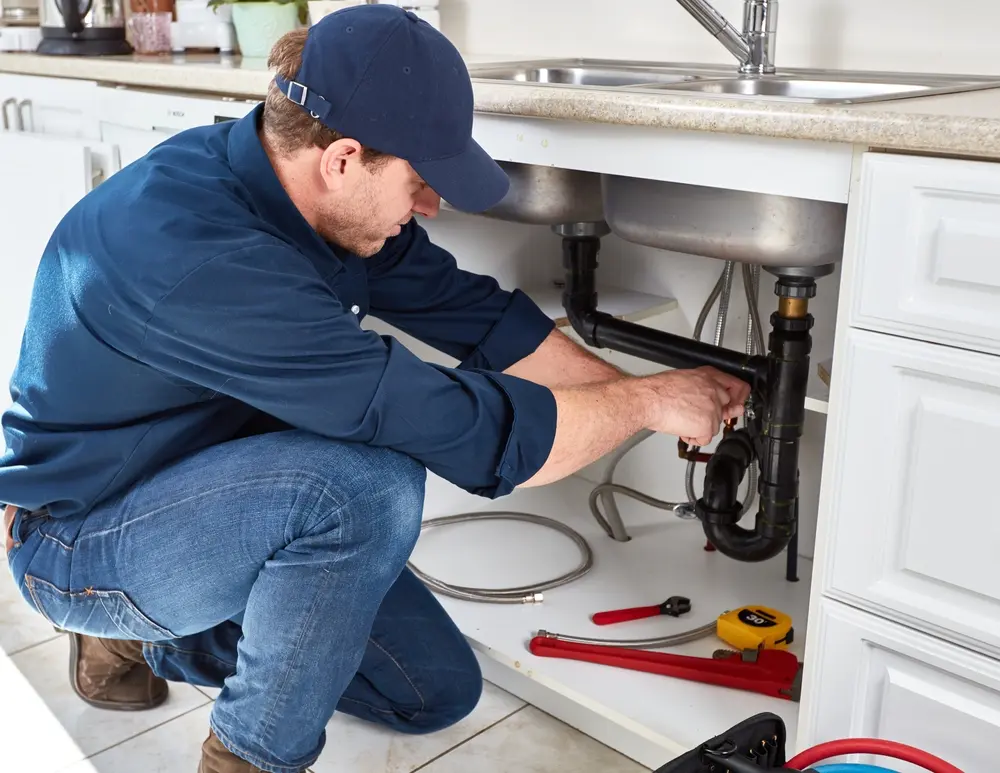A Detailed Overview to Effective Hot Water Heater Setup for Optimal Efficiency
Embarking on the job of installing a water heater is an endeavor that demands accuracy and a methodical approach for accomplishing optimum efficiency. As you proceed, the ins and outs of connecting water supply lines and setting up reliable electrical or gas connections wait for, encouraging insights into making sure efficiency and dependability.
Picking the Right Water Heater

Next, consider the size and capability of the water heater. It's essential to evaluate your house's warm water requirements, which can vary based upon the number of occupants and their use patterns. A system that's also tiny might cause not enough warm water, while an oversized model might lead to unneeded energy usage.
Performance ratings likewise play a crucial duty in option. Search for hot water heater with high Power Variable (EF) rankings, showing premium efficiency and minimized power use. Tankless versions, though generally much more expensive upfront, deal significant power cost savings in time due to their on-demand heating abilities.
Preparing the Setup Location
Before mounting a new water heating system, precise prep work of the setup location is important. It's critical to determine the room very carefully to accommodate the water heating unit's measurements, guaranteeing ample clearance around the system for reliable procedure and servicing.
Check the flooring for security, as the water heating system will certainly need a solid, level surface to operate efficiently. If required, install a drip pan beneath the device to capture possible leakages or spills, stopping water damage to the surrounding area.
Furthermore, make certain that all essential devices and products are on hand before commencing the installation. This consists of products such as wrenches, screwdrivers, a level, and any additional hardware required for safeguarding the heating unit and installing. A well-prepared installation area establishes the structure for an effective water heating system arrangement, enhancing performance and safety and security.
Connecting Water Supply Lines
When attaching water lines to your recently installed hot water heater, it is essential to make certain that all connections are leak-free and secure to keep effective operation and protect against water damages. Begin by identifying the warm and cold water supply lines. The chilly water inlet is normally marked with a blue tag or a "C", while the hot water electrical outlet is marked with a red tag or an "H".
Use adaptable water heating unit adapters to assist in an easier installment process. These connectors can absorb vibration and enable for slight movement, decreasing the danger of leakages. Prior to attaching my company the adapters, put a plumbing's tape around the threaded ends of the water heater's inlet and outlet pipes - Plumbing Services Alabaster AL. This tape works as a sealant, stopping leakages. Thoroughly link the adaptable tubes to the particular inlet and outlet, making certain that they are limited however not over-tightened, which can damage the threads.
When connections are in location, slowly turn on the primary water system shutoff. Inspect each link for leaks by aesthetically feeling and examining for moisture. Tighten connections as required, and make certain the pressure safety valve is properly mounted, safeguarding versus too much stress build-up.
Establishing Electrical or Gas Links
Appropriately establishing up the electric or gas links for your water heating system is an essential action to make certain reliable and secure operation. For electric water heating systems, begin by confirming that the electric circuit is compatible with the heating system's voltage and amperage requirements.
For gas hot water heater, security is vital. Confirm that the gas supply is off before continuing. Link the gas line to the water heating unit using a flexible gas adapter, ensuring it is effectively threaded and secured with pipe joint compound or Teflon tape appropriate for gas connections. Tighten up the links with a wrench, taking care not use this link to over-tighten (Plumber Alabaster AL).
Once links are made, inspect for any potential leaks. For gas lines, apply a soapy water option to the joints; bubbles show a leak. For electric links, confirm that all wiring is protected and correctly protected, preserving conformity with regional electrical codes.
Examining and Adjusting for Effectiveness
With the electrical and gas connections safely in place, the following action is reviewing the functional performance of your water heating unit. Begin by thoroughly activating the water system and guaranteeing there are no leaks at any of the shutoffs or joints. Once validated, proceed to load the container, focusing on the stress and temperature level settings. It is a good idea to set the thermostat to an advised temperature level of around 120 ° F(49 ° C) to stabilize power performance and convenience.
Following, do a detailed evaluation to guarantee the home heating aspects or burner are operating appropriately. For electrical heating systems, utilize a multimeter to verify if the components are drawing the proper present. In gas designs, observe the burner fire; it ought to be stable and blue, showing efficient combustion.
Change the settings as necessary to eliminate inefficiencies. Take into consideration implementing insulation steps, such as including a hot water heater covering, to additionally boost efficiency by minimizing heat loss. In addition, check the anode pole's condition, as a shabby pole can decrease performance and cause tank corrosion.
Final Thought
Reliable water heating unit setup is important for guaranteeing Read More Here ideal performance and power cost savings. Securely connecting water supply lines and meticulously setting up electric or gas links minimize prospective problems.

Correctly establishing up the electric or gas links for your water heating unit is an important step to make certain secure and efficient operation. For electrical water heating systems, start by confirming that the electrical circuit is compatible with the heater's voltage and amperage requirements. Attach the gas line to the water heater making use of an adaptable gas adapter, guaranteeing it is effectively threaded and secured with pipeline joint compound or Teflon tape ideal for gas connections.